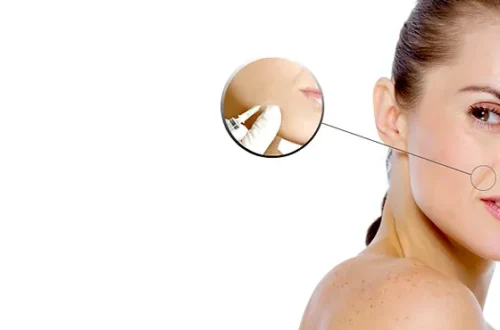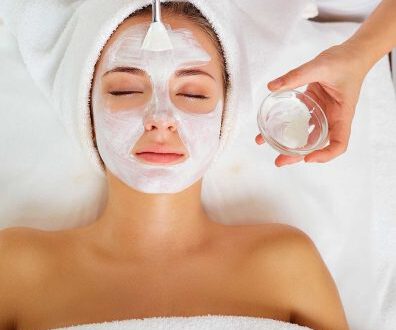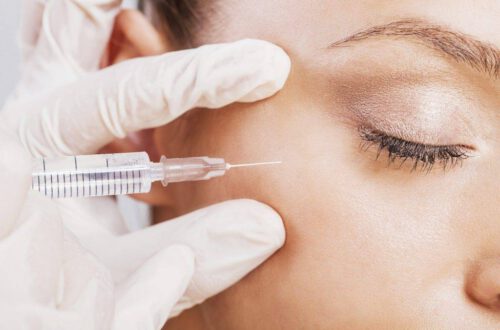
What is Botox?
Botox injections are best known for their ability to minimize facial wrinkles. They are also used to treat problems such as cervical dystonia (neck spasms), hyperhidrosis (excessive sweating), an overactive bladder and lazy eye. Botox injections may potentially be beneficial in preventing chronic migraines.
Botox treatments temporarily stop the movement of a muscle by injecting a toxin called onobotulinumtoxinA. The bacteria that cause botulism, a type of food poisoning, produces this toxin.
Botulinumtoxin was first used in Botox. AbbotulinumtoxinA (Dysport), rimabotulinumtoxinB (Myobloc) and incobotulinumtoxinA are currently available (Xeomin). They are not interchangeable because they are slightly different, especially in terms of dosage units.
Why is it done this way?
Botox treatments work by blocking chemical signals from neurons that cause muscles to contract. The most typical use of these injections is to relax the facial muscles that cause creases in the forehead and around the eyes for a short period of time. Botox injections are also used to treat diseases that affect the body's ability to operate. Here are some examples:
- Cervical dystonia is a condition that affects the neck. Your neck muscles contract involuntarily in this painful condition, causing your head to twist or turn into an uncomfortable position.
- I have a lazy eye. An imbalance in the muscles that control eye position is the most common cause of lazy eye.
- Muscle contractions. Cerebral palsy, for example, can cause your limbs to pull toward your center. Under certain circumstances, botox injections can be used to relax these constricted muscles.
- Hyperhidrosis. Excessive perspiration occurs even when the temperature is not high and you do not exert yourself in this scenario.
- Migraine headache is a common condition Botox injections can help reduce headache frequency if you get migraines more than 15 days a month.
- Bladder function An overactive bladder can also cause urinary incontinence, where Botox injections can help.
- Twitches of the eyes. Botox injections can help reduce muscle twitching or contracture around the eyes.
Where can you have a botox treatment?
The best place to receive a botox injection is with a BIG registered art, such as Drs. Samana at Crystal Clinics in Rotterdam. The knowledgeable doctors at this clinic offer the following treatments:
- Lip filler treatment
- Nose-lip fold filler treatment
- Chin filler treatment
- Cheekbones filler treatment
- Jawline filler treatment
- Tear duct filler treatment
- Jaw muscle botox treatment
- Frown lines botox treatment
- Forehead botox treatment
- Crow's feet botox treatment
- Mouth corners botox treatment
- Gummy smile botox treatment
- Bunny lines botox treatment
Risks
Botox injections are relatively safe when administered by a qualified physician. Here are some of the possible side effects and complications:
- There may be pain, edema or bruising at the injection site.
- Symptoms of flu or headache
- Roofing eyelids or raised eyebrows
- Drooling or a crooked smile
- Excessive crying or dry eyes



